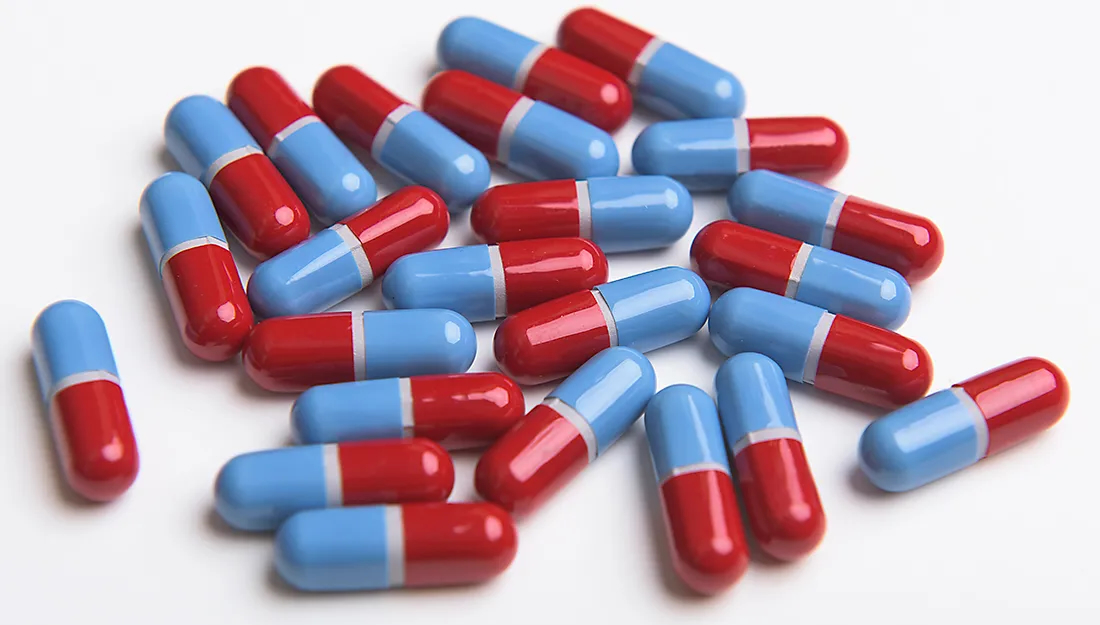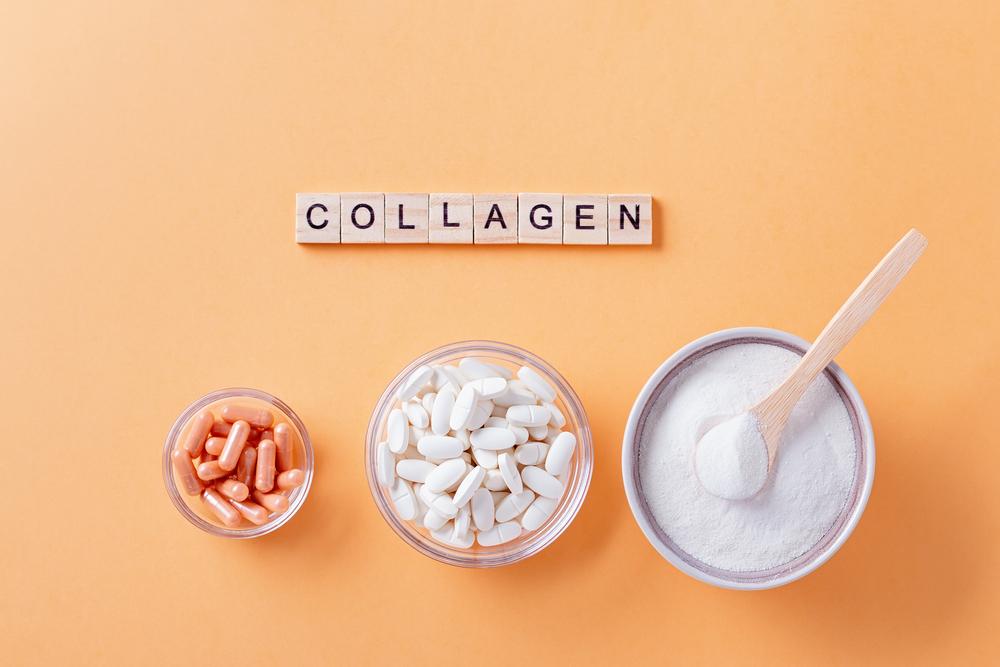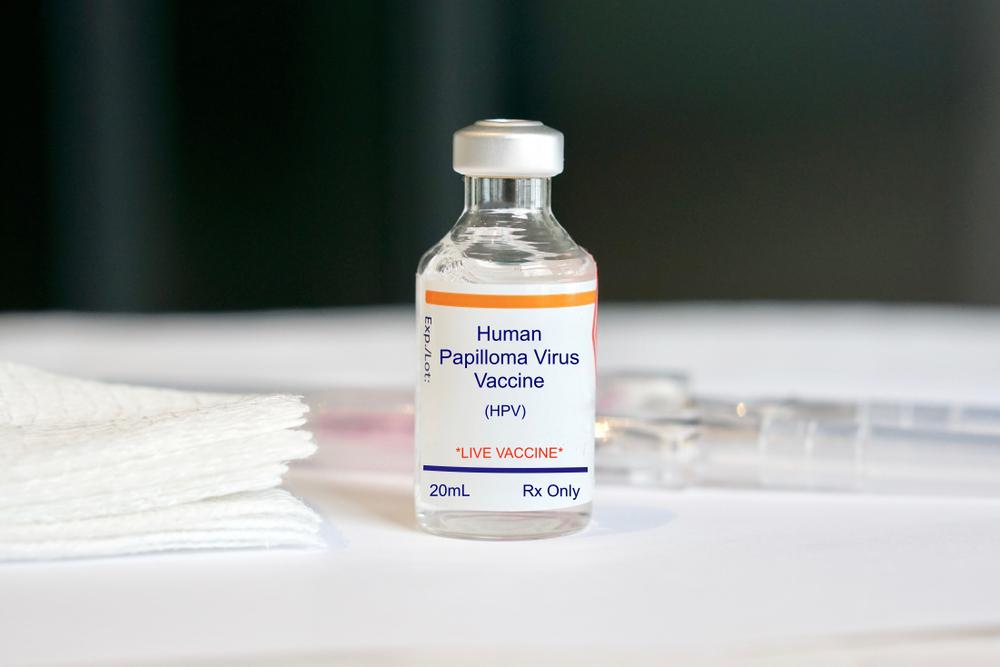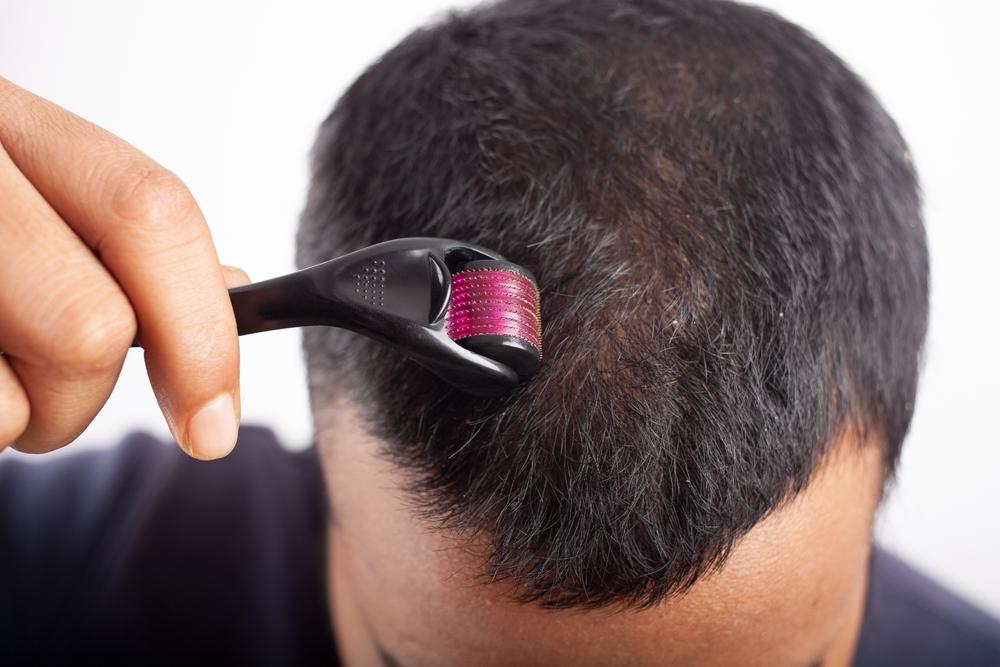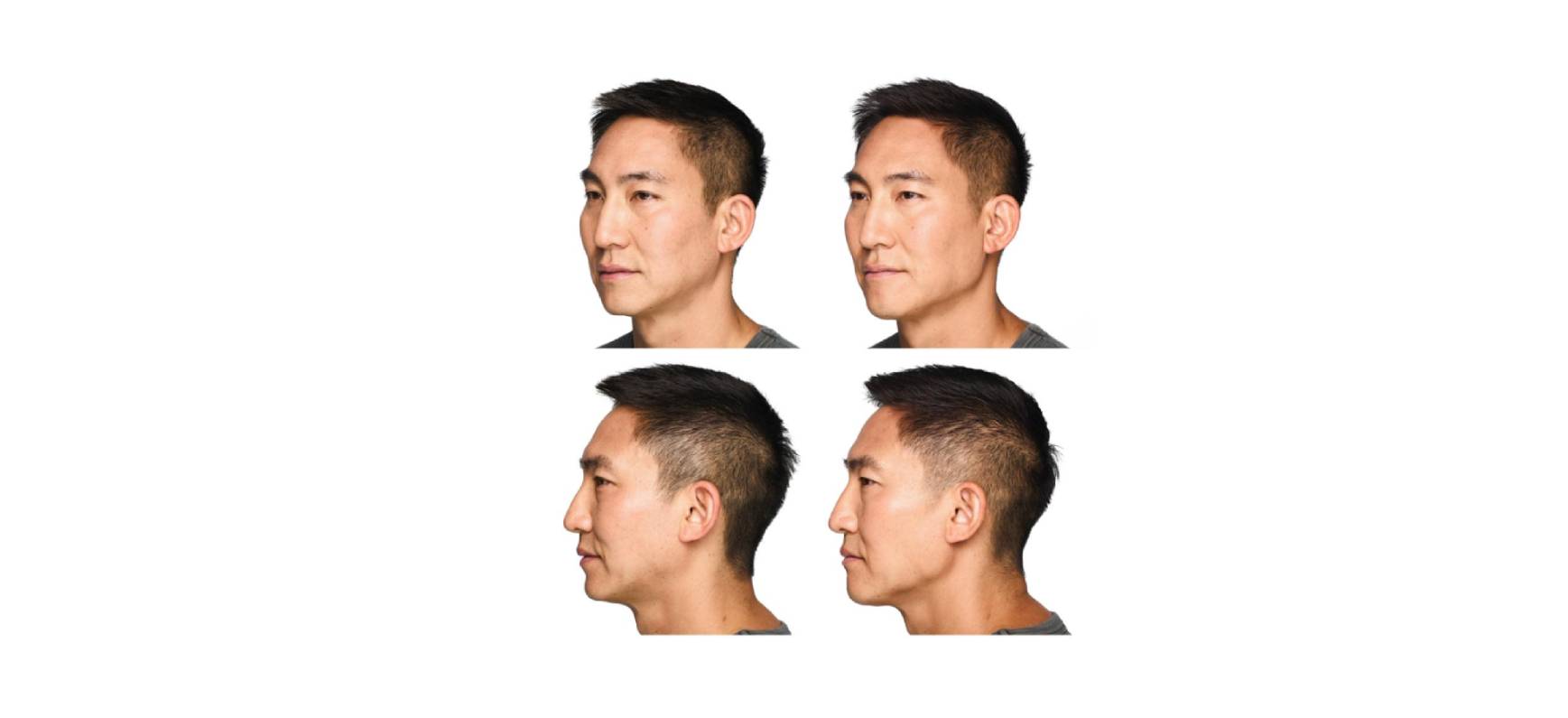Acne, that bane of teen years and often beyond, is a skin condition that nearly everyone experiences at some point. Though often benign, acne can leave behind more than just bad memories; it can leave scars that serve as constant reminders. There are innovative ways to manage these unsightly blemishes and help you regain your self-esteem.
Types of Acne Scars
Understanding the type of acne scar you have is the first step in treating it. Broadly, acne scars can be:
- Hypertrophic or Keloid scars: Formed by increased tissue formation.
- Atrophic scars: Caused by loss of tissue. These can be:
- Ice-pick scars
- Boxcar scars
- Rolling scars
- Depressed fibrotic scars
- Superficial and deep soft scars
- Atrophic macules The CROSS Technique: A Deep Dive
CROSS (Chemical Reconstruction of Skin Scars) is a revolutionary way to treat acne scars. This technique uses high concentrations of trichloroacetic acid (TCA) applied directly to the scar. This triggers a healing response, encouraging the skin to fill in the scar naturally. The procedure is relatively quick and doesn’t require anesthesia or sedation. Your skin might feel a bit like it’s singing karaoke—slightly stinging, but in a good way. Overall, it’s a safe and effective method to elevate scar floors like they’re getting an interior redesign.
Other Techniques in the Game
- Chemical Peels: Think of this as the skin’s way of shedding the old and ushering in the new. Great for minor scars and comes with a bonus: radiant skin.
- Microneedling with RF: Imagine your skin getting a gentle needling with the power of radiofrequency. You’ll need some time under wraps, but you’ll emerge like a butterfly from a chrysalis.
- Laser Resurfacing: Picture a tiny lightsaber zapping away the dark force—that’s your scar. A modern marvel for depressed scars.
- Soft-Tissue Augmentation: A bit like plumbing for your face. Fillers plump up the scar, bringing it level with the rest of the skin.
- Intralesional Steroid Injection: Steroids go straight to the source, making those puffy keloid scars mellow out.
- Excisional Techniques: For those stubborn, deep scars, sometimes a little snip-snip is the best solution. Various methods exist, from punch excision to fusiform excision, all aimed at flattening or reducing the scar.
The realm of dermatology has never been more exciting with so many innovative ways to treat acne scars. It’s important to consult your dermatologist to decide which treatment will bring out the best in your skin. Remember, the goal isn’t perfection but improvement.
The journey to a more confident you starts with one decision. That is the decision to get treated, why wait? We at Sullivan Dermatology are always here to help. If you have any concerns, don’t hesitate to reach out to us at Sullivan Dermatology—we’re here to make you your best!


